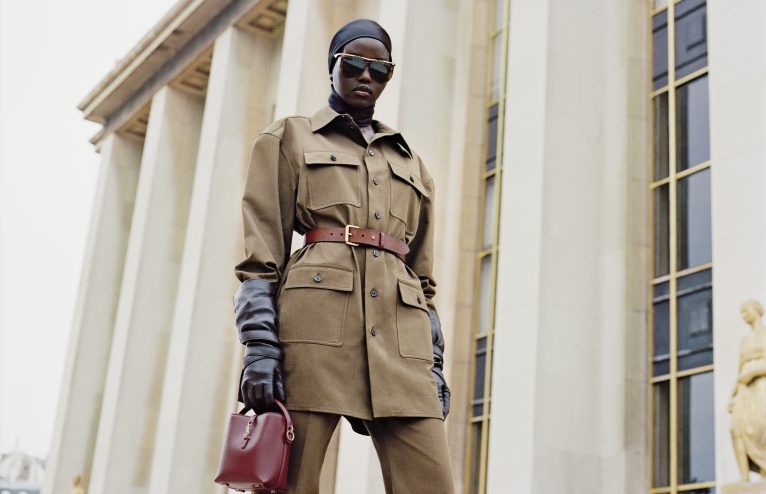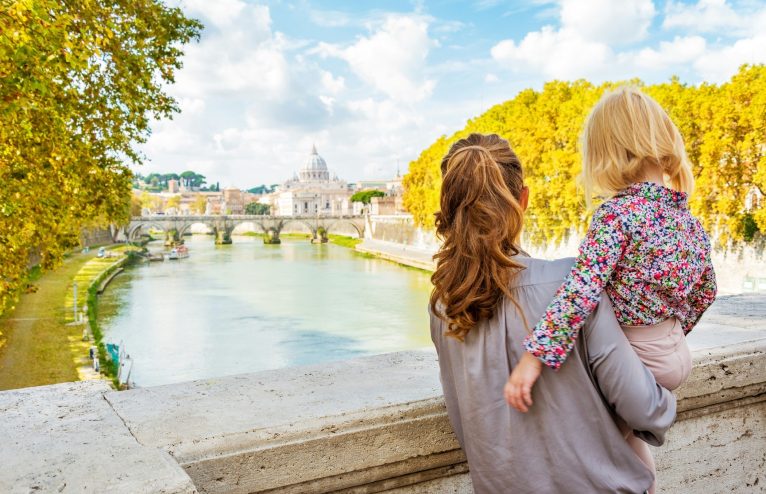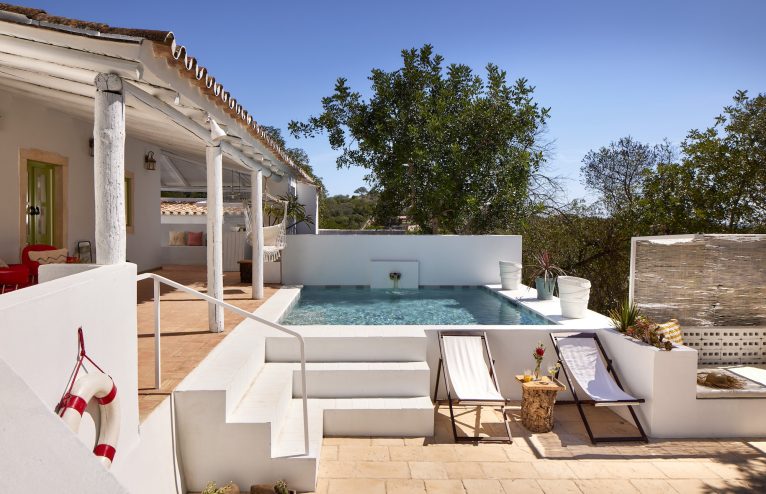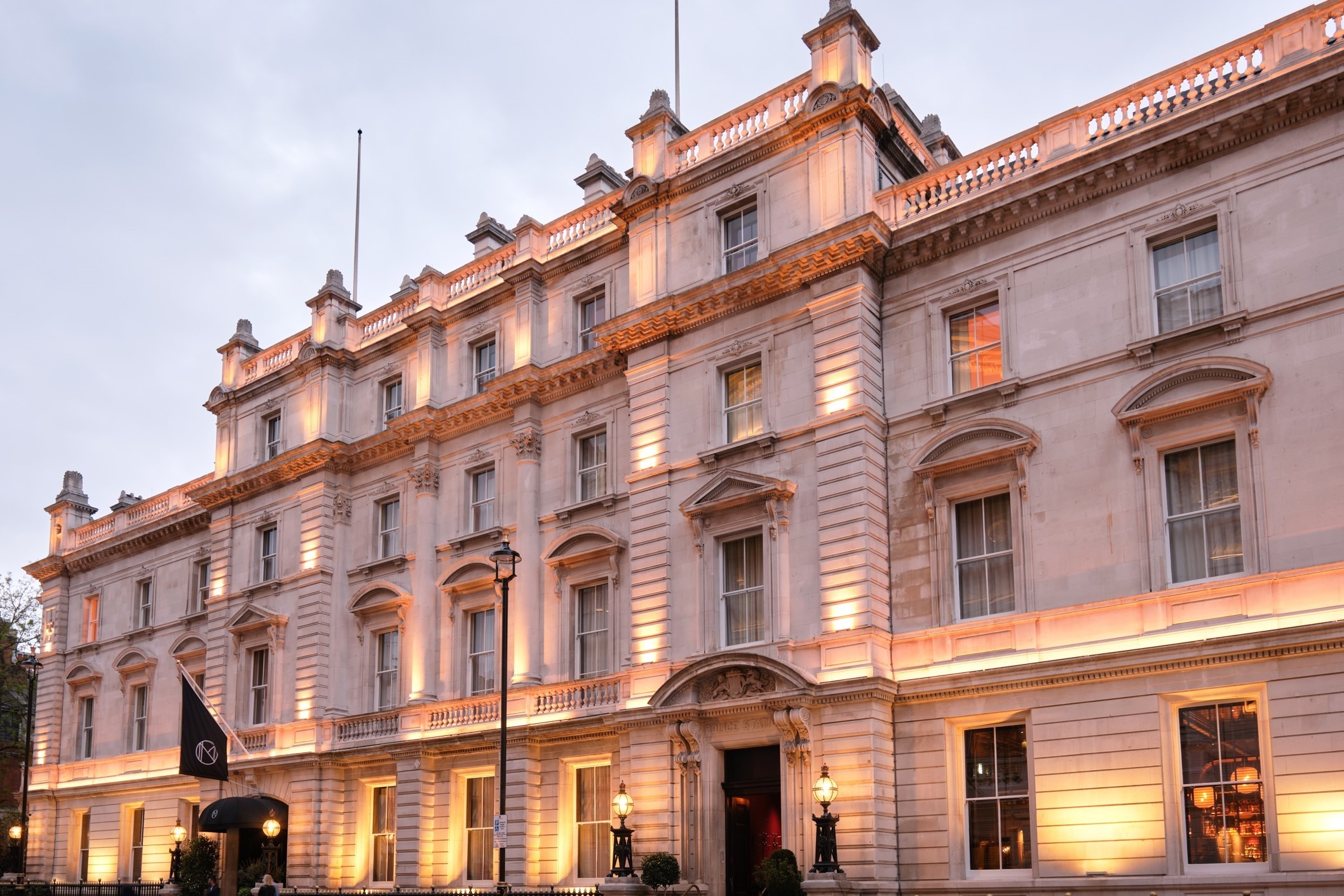In our new series, Millie Walton selects and explores the world’s best art hotels. First up: NoMad London.
From fabulous collections and cutting-edge design to creative programmes and collaborations, our art hotel series is the new go-to list for the aesthetically-minded traveller.
Located in the heart of Covent Garden, in the former Bow Street Magistrates’ Court and Police Station, NoMad London offers just the right blend of historic intrigue and contemporary cool, with an in-house art collection that goes beyond the usual suspects to champion early-career artists.
This was the building where Oscar Wilde, Emmeline Pankhurst and the Kray Twins were tried, Vivienne Westwood too; in 1977, for ‘breaching the peace’. The Sydell Group, who launched the first NoMad in New York in a 1920s-era Beaux Arts building, took over the premises in 2019, entrusting the design team Roman and Williams to transform the space, while the Paris-based studio Saint-Lazare took care of the branding and art curation. The internal courtyard, which prisoners would have been driven into, is now the hotel’s main restaurant, while the courtroom has been turned into a ballroom. Inside, the interiors are seductive and dramatic – think low-lighting, deep shades of purple, dark wood, gold and velvet – but in a way that feels warm, welcoming and just a little bit eccentric.
The Concept
The NoMad was designed to feel like a collector’s home while paying homage to the building’s heritage and the hotel group’s New York roots. It’s a lot to ask, but somehow it works: gritty street photography rubs up alongside whimsical illustrations of Oscar Wilde’s Salome, painted by the Royal Opera House’s set designers during the pandemic, while a large-scale mural by the French artist Claire Basler transforms the windowless Magistrate’s Court room into a dreamy depiction of the sky, transitioning moodily from dawn to dusk.
The Collection
Grande Room. Image credit: Simon Upton.
There are over 1,600 works in total – mostly originals – hung throughout the building in haphazard clusters or left leaning casually against the walls. Ismay Bright, brand manager for NoMad London and an artist herself says that roughly 2,000 hours (approximately 83 days) were spent on sourcing the collection, with a focus on exploring the intersection between postwar American art and the European avant-garde. Among the big names on show are Martin Parr, Josef Albers, Jean Cocteau and Matisse, but the commissioned works have more interesting stories to tell. Take Caroline Denervaud, who was previously a dancer at the Royal Opera House and creates her compositions by using her body to paint across large sheets of paper in response to music. In the low-lit lobby and reception areas, her large-scale, abstract works appear both forthright and ephemeral, the fluid, monochromatic gestures bringing to mind calligraphy and musical scores.
The Design Details
Moving through the hotel is a thrillingly disorientating experience. The spaces seem to flow into one another, connecting not just different atmospheres but also geographies and histories. One minute you can be standing in the plant-filled atrium of the main restaurant, to soon find yourself in the sultry subterranean Common Decency bar where walls are adorned with gold and the old coal stores have been refashioned into private rooms. You can be browsing the bookshelves of the library and stumble into Side Hustle, the lively Latin American bar and restaurant where cocktails come served in silver skulls. Or you can be waiting for the lift to accidentally enter into the Bow Street Police Museum (formerly the station) where original cells, the infamous ‘drunk tank’ and exhibition displays tell the story of the Bow Street Runners, London’s first law enforcement service. The stylish members of staff are never far away to guide you back to the right place, but part of the fun is getting lost.
The Rooms
On average there are around 15 artworks per room, with up to 48 pieces in the suites. Ours – one of the grand Magistrates’ Suites that overlooks the Royal Opera House – featured a series of monochromatic photographs of Denervaud at work hanging above the bed, a collection of ceramic plates by Ana Kerin arranged in a constellation-like composition above the mini bar as well as an array of vintage sketches, watercolours and engravings dotted around the living room and in the hallway. The casual hanging of the art in the rooms, as throughout the hotel, has the effect of creating a cosy, laid-back atmosphere as well as ensuring that each space feels distinct. These are rooms to be lived in rather than simply admired or passed through.
The Food & Drink
The NoMad restaurant may be among the most photographed spaces in the city right now, but it’s more than just a pretty picture. Chef Michael Yates takes an innovative approach to British classics, such as the roast, which is served every Sunday and includes a starter and main each plus trimmings – vast platters of roast vegetables and Yorkshire puddings – for the table. Try the rich and gooey raclette croquette, perfectly balanced with sour-sweet pickled chicory and black truffle aioli or the tomatoes served in a Bloody Mary broth with basil sorbet and herbs. For your main course, there’s slow cooked lamb with lavender, wood-fired strip loin beef, chilli-glazed roasted cauliflower or monkfish in a brown butter and seaweed sauce. Then, finish the evening with a cocktail at Common Decency where the mixologists use eight seasonal ingredients, such as peas, rhubarb or butternut squash, to dream up impressively original concoctions.
Art in the Neighbourhood
After a sleepy summer, London’s art world is back in overdrive with a killer line-up of exhibitions most of which run until the new year, and Frieze London (11 to 15 October) is returning to Regent’s Park for its 20th anniversary. A 10-minute stroll away from the NoMad, the National Gallery is hosting the first major retrospective of the Dutch painter Frans Hals in over thirty years, while the British Museum is preparing to open an exhibition on the art and history of Myanmar in early November. Sarah Lucas’s survey show at Tate Britain brings together old and new work that takes on sex, class, identity and gender, and the controversial Philip Guston retrospective finally lands at the Tate Modern. At the Royal Academy, Marina Abramovic’s much anticipated exhibition charts the full breadth of her career through sculpture, installation and re-staged performances while the nearby commercial galleries of Mayfair’s Cork Street also boast impressive programmes with Sheila Hicks’ thread paintings and monumental textile works taking over Alison Jacques’ new space while Yinka Shonibare fills Stephen Friedman’s new premises with a vibrant collection of masks, sculptures and quilts.
Frieze Sculpture Park in Regents Park, London.
Photo by Linda Nylind. 18/09/2023.
Across the city, there’s lots to see at the Barbican Centre including artist and poet Julianknxx’s transporting installation ‘Chorus in Rememory of Flight’, comprising three multichannel films that explore Europe’s past, present and future possibilities; Ranjani Shettar’s magical site-specific commission in the conservatory; and ‘Re:Sisters’ a group exhibition that examines the links between the historic oppression of women and the degradation of the planet. At Whitechapel Gallery, the French-American artist Nicole Eisenman’s inventive large-scale paintings appear alongside animations, drawings, prints and sculptures, while the Parisian artist Benoît Piéron has created an installation that explores illness and hallucination as spaces of potential and abundance at Chisenhale Gallery. And finally, if you’re planning a trip to the capital in December, drop by Camden Art Centre for the annual ‘New Contemporaries’ exhibition featuring work by some of the UK’s most promising early-career artists.
We may earn a commission if you buy something from any affiliate links on our site.



























Any Questions or Tips to add?